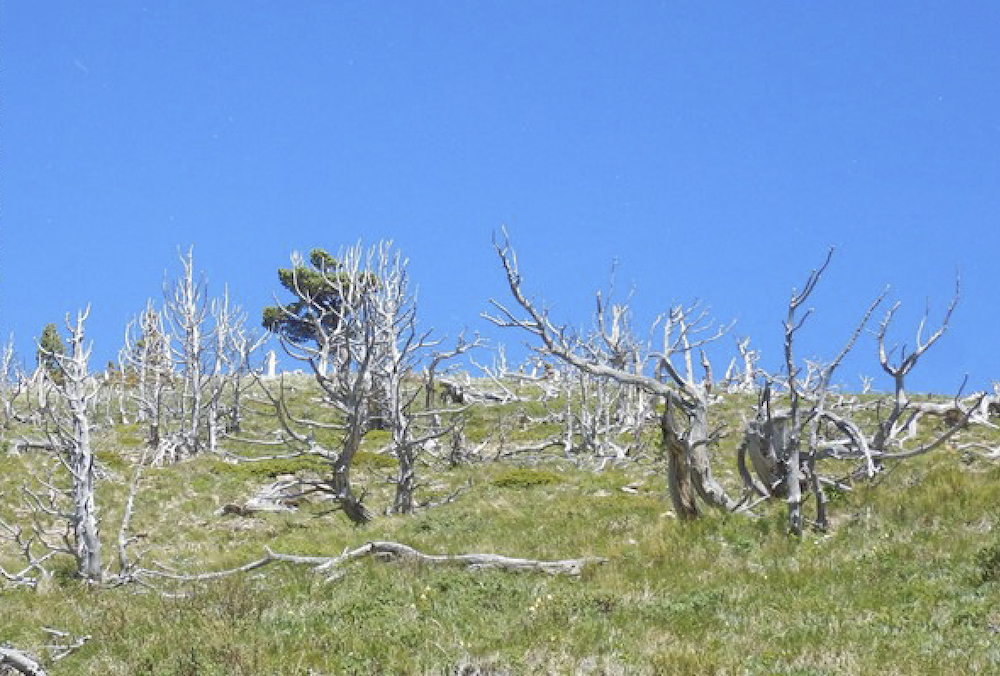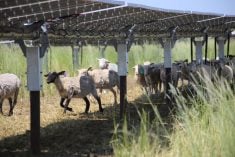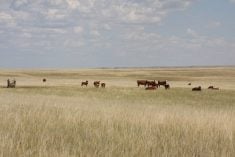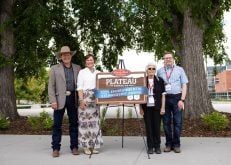Cattle producers in foothill country in southwestern Alberta are being asked to look out for — and help protect — the iconic but endangered limber pine.
“The rugged, twisted trees usually grow on dry, rocky ridges and are thought to be some of the oldest trees in Canada,” the Whitebark Pine Ecosystem Foundation of Canada said in a release. “They grow very slowly, taking about 50 years to begin reproducing. Sadly, we are at risk of losing two-thirds of all limber pine trees in the next 100 years, including nearly 90 per cent of healthy limber pines here in Alberta.”
The organization says white pine blister rust is the greatest threat, which is caused by a fungus, and is “fatal to all except rare naturally resistant trees.”
Read Also

Milk concentration plant officially opens in Alta.
Canadian raw-milk processing history made with start up of Dairy Innovation West milk concentration plant in Alberta
Mountain pine beetles have also taken their toll, as have fire suppression measures that have caused fuel loads to build up and produce more intense wildfires that kill trees “that might have survived light surface fires.”
But grazing cattle can also be an issue, the foundation said in its release.
It urges producers to identify limber pines on their property and either stop cattle from grazing near them or limit grazing. It says the forage in a stand of limber pines is poor quality and heavy cattle traffic will kill seedlings and saplings. If grazing is done, it should be limited (no more than 25 per cent of yearly production) and there should be a long recovery period.
To keep cattle away from stands, the foundation suggests using wire fencing along existing pathways and placing salt and water in other areas.
These measures will aid a recovery plan that centres on leveraging the natural resistance some limber pines have to white pine blister rust.
“Trained teams find these rare trees, “ the release states. “We test them for resistance, collect their seeds and plant seedlings in carefully selected sites. With provincial forest health staff, we protect high-value trees where mountain pine beetles are a high risk. We also work with partners to improve maps of where limber pines grow, so developments can avoid them.”
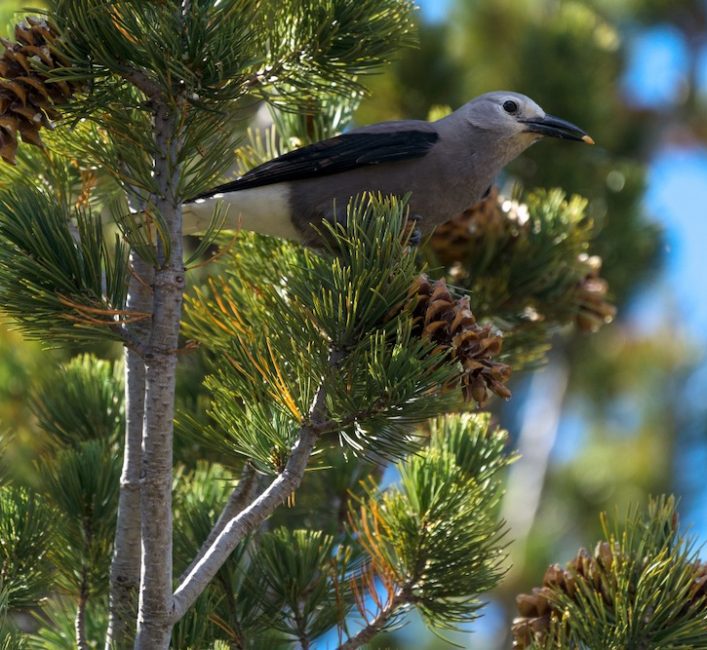
To identify limber pines, look for needles that grow in bunches of five and are three to nine centimetres long. Cones are eight to 13 cm long. The trees are bushy with upswept branches, and reach a height of five to 15 metres (16 to 50 feet) tall.
They can also be found by letting a Clark’s nutcracker lead the way.
A member of the jay family, the bird has a long sharp bill able to pry seeds from the cones, making limber pines its preferred feed source.
“As stewards of the land, we know Alberta farmers and ranchers aim to leave the land better for the next generation,” the foundation says in its release. “With your help, we can do just that.”
The Whitebark Pine Ecosystem Foundation of Canada was founded in 2009 and has a sister organization in Montana.

